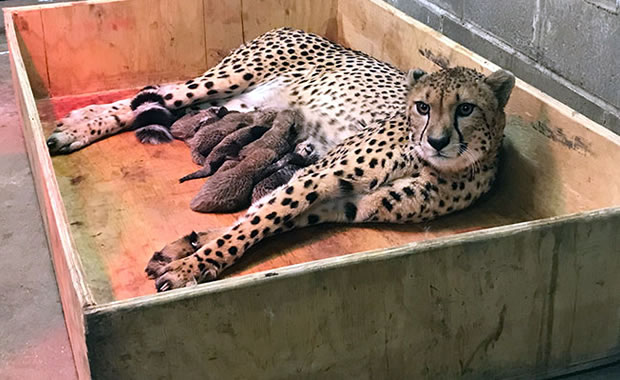
Hine's Emerald Dragonfly
|
Creature Profile
The Hine's emerald dragonfly is the only endangered dragonfly in the United States. Only a handful of small populations can be found scattered across Illinois and Wisconsin with a few additional populations recently discovered in neighboring states. Adults reach up to 65 mm in length. They are dark brown and metallic green with two creamy-yellow lateral lines, and their eyes are emerald green. Wingspan ranges from 90 to 95 meters.
The Hine's emerald dragonfly prefers temperate wetlands with slow-moving water as its habitat. It's lifespan is short and it spends much of its adult life in flight, feeding on other flying insects. Both male and female help to defend territory that they establish for breeding. Females lay eggs in the water, where the larvae feed on aquatic insects, fish, and amphibians. Recent studies have shown that the larvae can survive droughts by burrowing in crayfish tunnels.
The Hine's emerald dragonfly population has declined mainly due to habitat degradation and destruction. With wetlands disappearing at a high rate, preserving its habitat has not been easy. Conservations hope to study its habitat use and to find more breeding populations so that they can fine ways to preserve the species and its habitat as much as possible.
Wikipedia Article

|
Wikipedia Article Copyright Notice: This article is licensed under the GNU Free Documentation License. It uses material from the Wikipedia article "Hine's emerald dragonfly". |
May 12, 2017
Glenn, C. R. 2006. "Earth's Endangered Creatures - Hine's Emerald Dragonfly Facts" (Online). Accessed 4/24/2024 at http://earthsendangered.com/profile.asp?sp=634&ID=9.
Need more Hine's Emerald Dragonfly facts?



